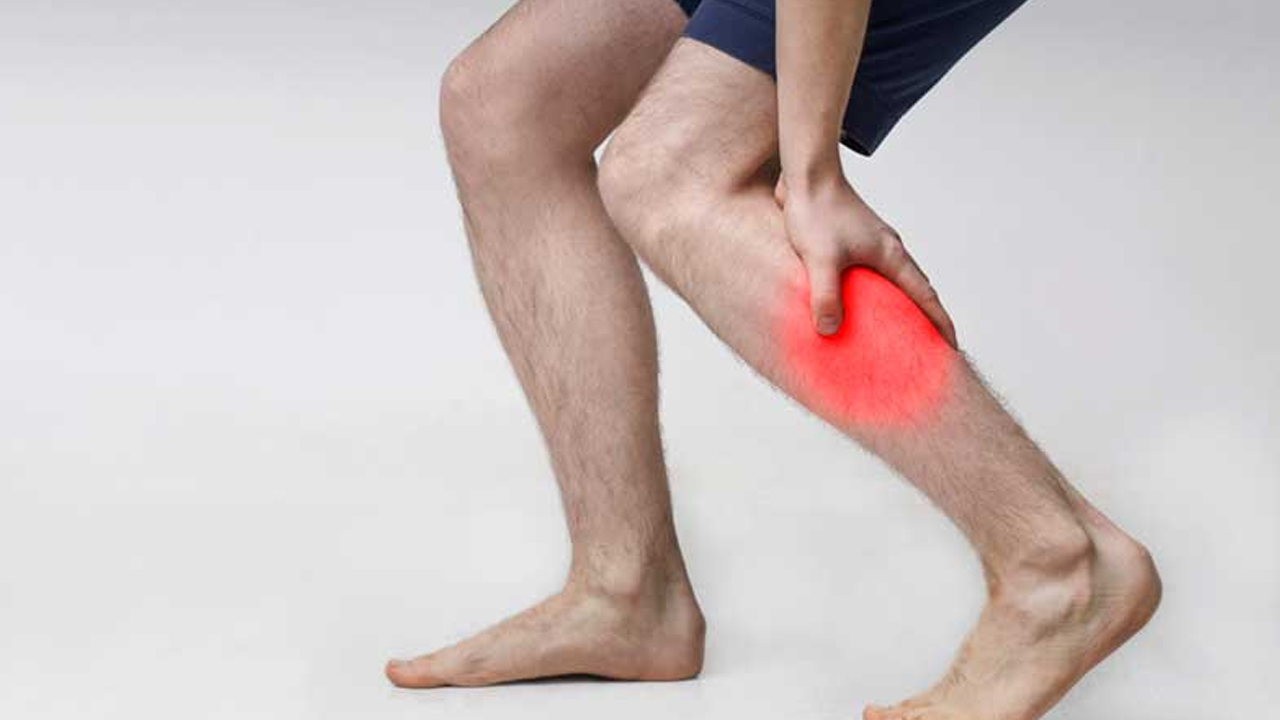Chiropractic care encompasses a holistic approach to health, focusing on the alignment of the spine and its impact on overall well-being. Leg pain, stemming from a variety of causes such as muscle strain, nerve compression, or injury, can significantly disrupt daily life and mobility. Seeking treatment from a chiropractor for leg pain is essential, as chiropractors specialize in diagnosing and addressing musculoskeletal issues, including those affecting the legs. Through manual adjustments, soft tissue therapy, and tailored rehabilitation exercises, chiropractors provide effective solutions to alleviate leg pain and restore optimal function. Emphasizing patient-centered care, chiropractic solutions aim not only to relieve pain but also to enhance overall quality of life. Therefore, for individuals experiencing leg pain, consulting a chiropractor for comprehensive and personalized care is highly recommended.

Understanding Leg Pain
Leg pain can arise from various sources, including common causes such as muscle strain, nerve compression, or injury. Muscle strain, often occurring due to overexertion or sudden movements, can result in localized discomfort and stiffness. Sciatica is one example of nerve compression that can result in shooting pain down the leg along with tingling or numbness. Injuries like fractures or sprains can manifest as leg pain, characterized by swelling, bruising, and difficulty bearing weight. Associated symptoms of leg pain can include weakness, cramping, and a limited range of motion. The impact of leg pain on daily life and mobility can be profound, affecting routine activities such as walking, standing, or even sitting comfortably. This can lead to challenges in performing work tasks, participating in physical activities, and enjoying leisure pursuits. Moreover, persistent leg pain can disrupt sleep patterns and contribute to emotional distress, including frustration and a decreased quality of life. Therefore, understanding the causes, symptoms, and consequences of leg pain underscores the importance of seeking appropriate treatment, including consultation with a chiropractor specializing in leg pain management.
Role Of Chiropractic Care
Chiropractic care operates on the principles of promoting the body’s natural ability to heal itself and maintaining proper alignment of the spine to ensure optimal nervous system function. Chiropractors employ a variety of techniques, including manual adjustments, spinal manipulation, and soft tissue therapy, to address misalignments, or subluxations, that may contribute to leg pain. Through thorough evaluation and assessment, chiropractors diagnose the underlying causes of leg pain, which may involve physical examinations, reviewing medical history, and possibly utilizing diagnostic imaging such as X-rays or MRI scans. Treatment typically involves targeted adjustments to restore proper alignment, alleviate pressure on nerves, and improve blood flow to affected areas. Additionally, chiropractors may recommend complementary therapies such as rehabilitative exercises, stretching routines, and lifestyle modifications to support long-term pain management and enhance overall mobility. The benefits of treatment from a chiropractor for leg pain extend beyond mere pain relief, encompassing improved range of motion, enhanced flexibility, and a better quality of life for individuals seeking natural, non-invasive solutions to their discomfort.

Examination And Assessment
In the examination and assessment phase of a chiropractor for leg pain, the initial consultation and patient history play a pivotal role in understanding the individual’s medical background, lifestyle factors, and the onset and progression of their leg pain. Chiropractors conduct thorough interviews to gather pertinent information, including past injuries, medical conditions, and any previous treatments attempted. Subsequently, physical examination techniques are employed to assess the affected areas, such as the lower back, hips, and legs, to identify any misalignments, muscle imbalances, or signs of inflammation. These may involve orthopedic tests, range of motion assessments, and palpation to pinpoint areas of tenderness or restricted movement. Depending on the findings, chiropractors may recommend diagnostic tests and imaging modalities like X-rays, MRI scans, or CT scans to further evaluate the underlying structural issues contributing to the leg pain. By integrating comprehensive examination and assessment strategies, chiropractors can develop tailored treatment plans to address the root causes of leg pain and promote optimal healing and recovery.

Modalities Of A Chiropractor For Leg Pain
A chiropractor for leg pain encompasses a multifaceted approach aimed at addressing underlying issues and promoting optimal healing and recovery. Spinal adjustments and manipulations serve as a cornerstone of chiropractic care, targeting misalignments in the spine to alleviate pressure on nerves and restore proper function. In addition, soft tissue therapy techniques such as massage and trigger point therapy are utilized to release tension, reduce inflammation, and improve blood flow to affected muscles and ligaments. Rehabilitation exercises and stretches play a crucial role in strengthening muscles, improving flexibility, and enhancing overall stability to prevent future injuries and promote long-term pain relief. Moreover, chiropractors provide lifestyle recommendations tailored to each individual, including ergonomic changes to improve posture, dietary modifications to support musculoskeletal health, and stress management techniques to optimize overall well-being. By incorporating these diverse modalities into treatment plans, chiropractors offer comprehensive care to address the complex nature of leg pain and empower patients to achieve lasting improvements in their quality of life.
Safety And Precautions
Safety and precautions are essential considerations in chiropractic treatment, particularly when addressing leg pain. Potential risks and side effects of chiropractic care may include soreness or discomfort following adjustments, temporary headaches, or rare instances of more severe complications such as nerve injury or herniated discs. Precautions should be taken for specific conditions or patient demographics, such as osteoporosis, spinal cord injuries, or pregnancy. Chiropractors must adapt their techniques accordingly and may avoid certain adjustments or apply gentler methods to ensure patient safety and comfort. Moreover, effective communication and collaboration between chiropractors and patients are crucial aspects of safe and successful treatment. Patients should openly discuss their medical history, concerns, and treatment goals with their chiropractor, while chiropractors should provide clear explanations of procedures, potential risks, and expected outcomes. This collaborative approach fosters trust, transparency, and mutual understanding, ultimately enhancing the effectiveness and safety of a chiropractor for leg pain.

Conclusion
In conclusion, Ridgefield Chiropractic & Wellness Center offers numerous benefits for individuals experiencing leg pain. By addressing the root causes of discomfort through spinal adjustments, soft tissue therapy, and rehabilitative exercises, chiropractors can provide effective pain relief and improve mobility. I encourage individuals suffering from leg pain to consider chiropractic treatment as a natural and non-invasive option for alleviating their symptoms and enhancing their quality of life. Moreover, chiropractic care plays a significant role in holistic pain management and wellness by promoting overall health and well-being. Through personalized treatment plans, chiropractors empower patients to achieve optimal function and pursue a fulfilling, active lifestyle. Therefore, for those seeking comprehensive and compassionate care for their leg pain, treatment from a chiropractor for leg pain offers a promising avenue toward long-term relief and improved overall health.
